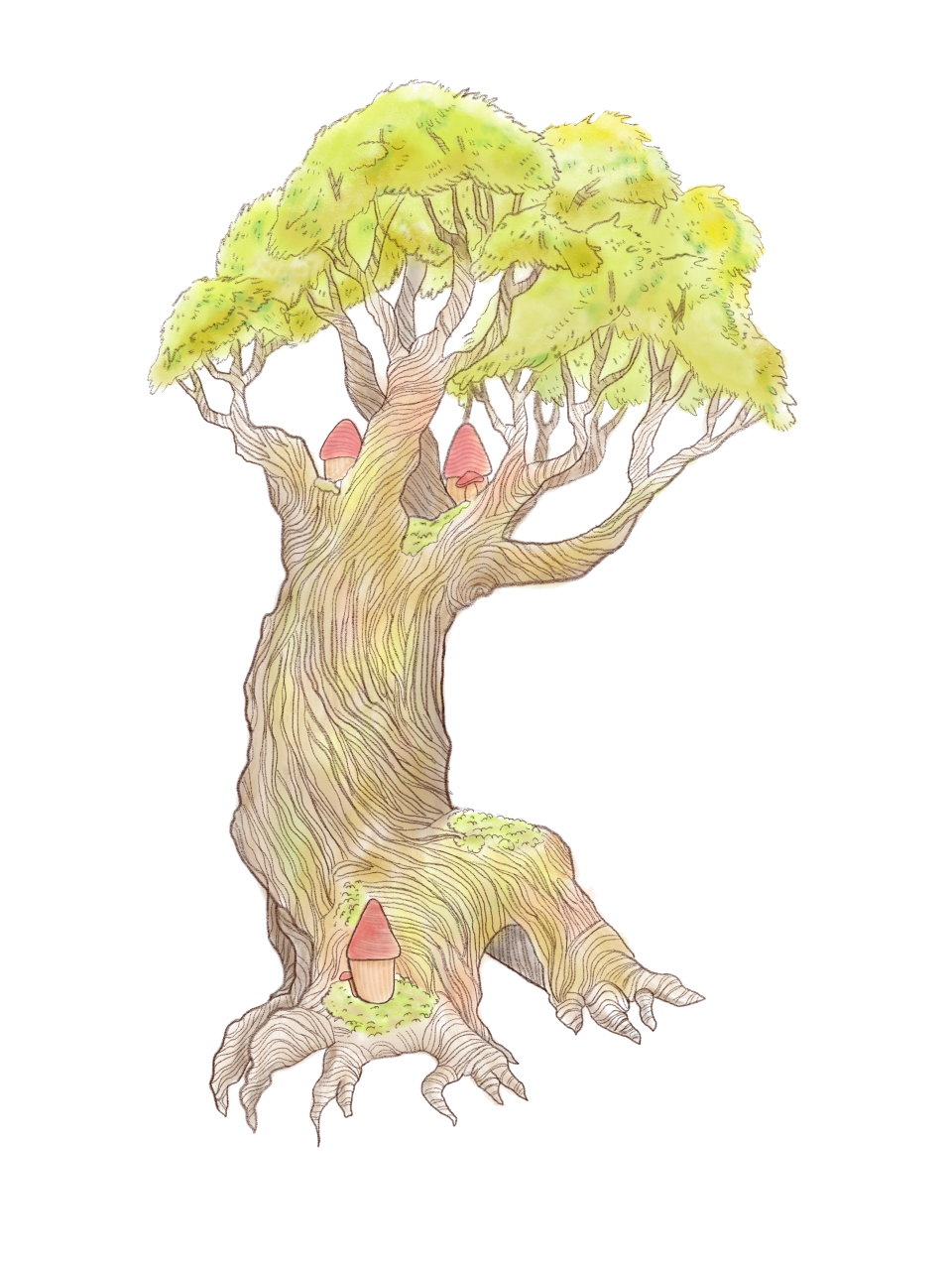
Ivy Fung
Scientists are now one step closer to unveiling the mystery of Amazon forest fires.
A recent study led by Carla Staver, a Yale ecology and evolutionary biology associate professor, found that variation in bark thickness correlates with sensitivity of trees to fire in Amazonian forests. Specifically, Staver discovered that thinner bark — which is more often present in wetter forests — leads to higher tree mortality from fire. The finding allows researchers a look into the extent of forest degradation from fire in the Amazon.
“Fires, which occur more often during droughts in tropical forests, can kill trees,” Staver said. “This paper helps us to understand which trees are most likely to die in fires.”
Staver said she has a longstanding interest in how forests are transformed into savannas, a process accelerated by rampant forest fires. Her research was part of a seven-year project that started when she was a postdoctoral fellow at Columbia University. Staver received support from a cohort of environmental scientists who share her interest in forest fires.
Jos Barlow, a co-author and professor of conservation science at Lancaster University, said he supplied data from two forest regions. Another co-author, Douglas Morton, a NASA scientist and adjunct professor at the University of Maryland, said he provided satellite-based estimates of wildfire activity — which included the location and the extent of damage caused by forest fires in the Amazon.
The impact of this study extends beyond academia. Prediction of future forest fires — which highlights priority regions for investment — is one of the key applications of the study, according to Staver and Barlow.
“Our findings directly contribute to questions regarding the magnitude and duration of carbon losses from understory fires — the most damaging form of forest degradation in the Amazon,” Morton said. “These findings also inform our efforts to model the future of the Amazon region — will drier conditions in the future allow fires to spread into forests with thinner bark? Both of these avenues are tied to applications — one present, one future — that contribute to decision-making and policies to safeguard tropical forests and the ecosystem services that they provide.”
The findings are also useful for ongoing research projects by Staver and her collaborators. Staver currently works with a larger cohort of scientists to understand variation in bark thickness in tropical systems — including forests and savannas — around the globe. She is also involved in incorporating her results into models of the global carbon cycle that help us understand the future of climate change.
For the team, the findings also pose new questions.
“First, we will look to field locations where fires have occurred — do the surviving trees in those forests have thicker bark, as expected from our analysis?” Morton said. “Second, thicker bark is a benefit in terms of fire protection but also a cost for trees that could otherwise use those resources for other purposes. What are the specific trade-offs between thicker bark and other survival tactics? These trade-offs are not well known in the Amazon or in other ecosystems.”
Staver received her doctorate in ecology and environmental biology from Princeton University in 2012.
David Guo | ziyang.guo@yale.edu







